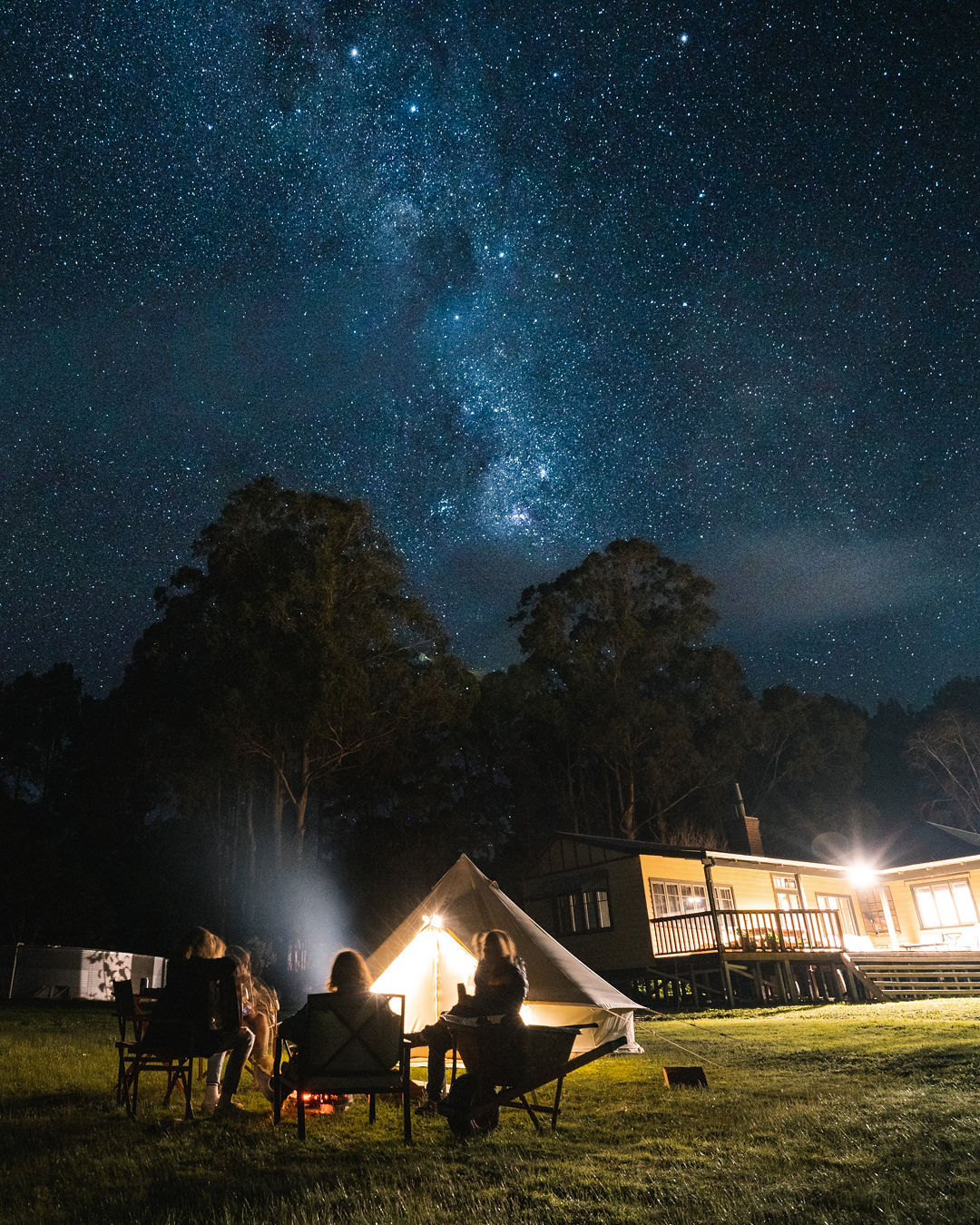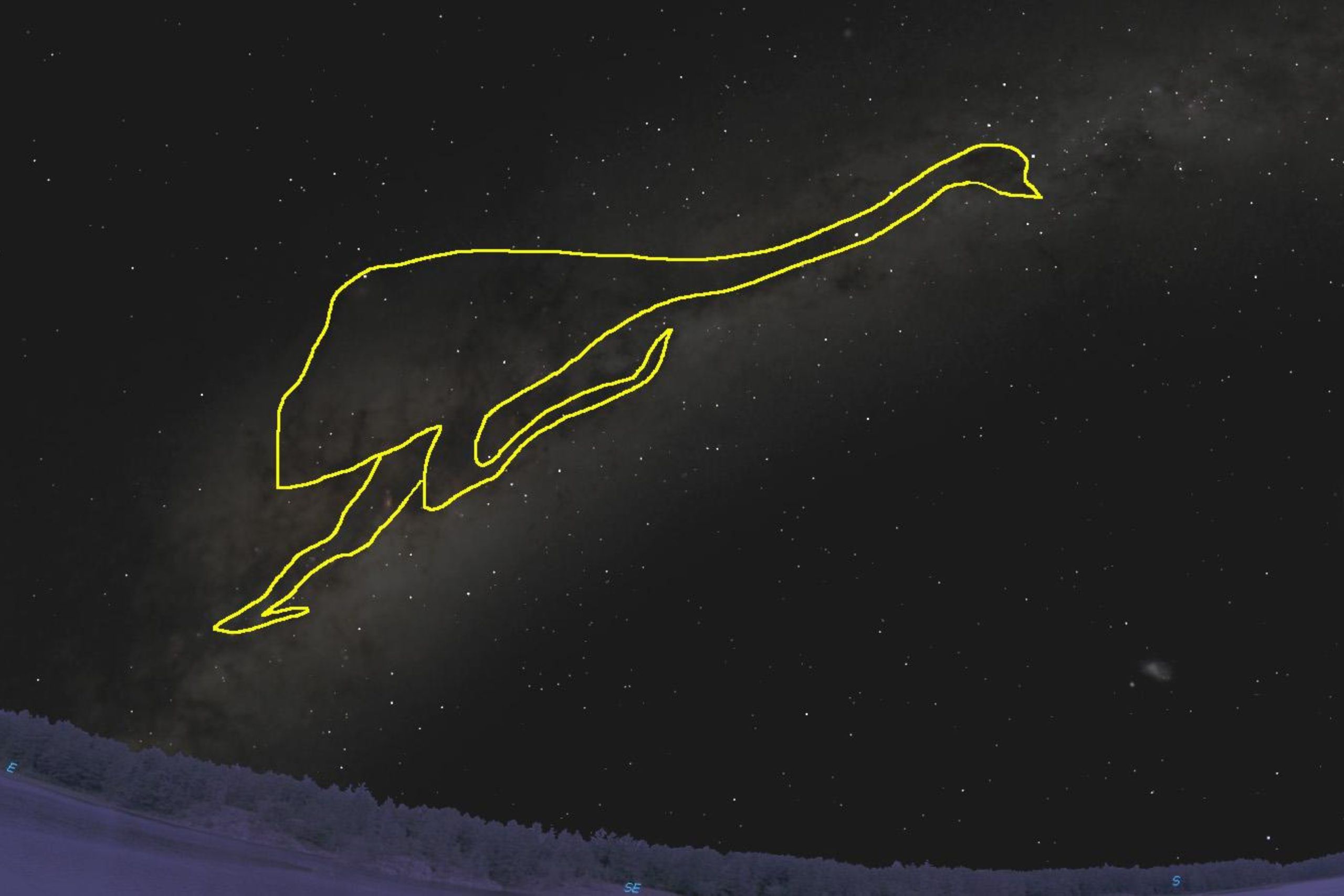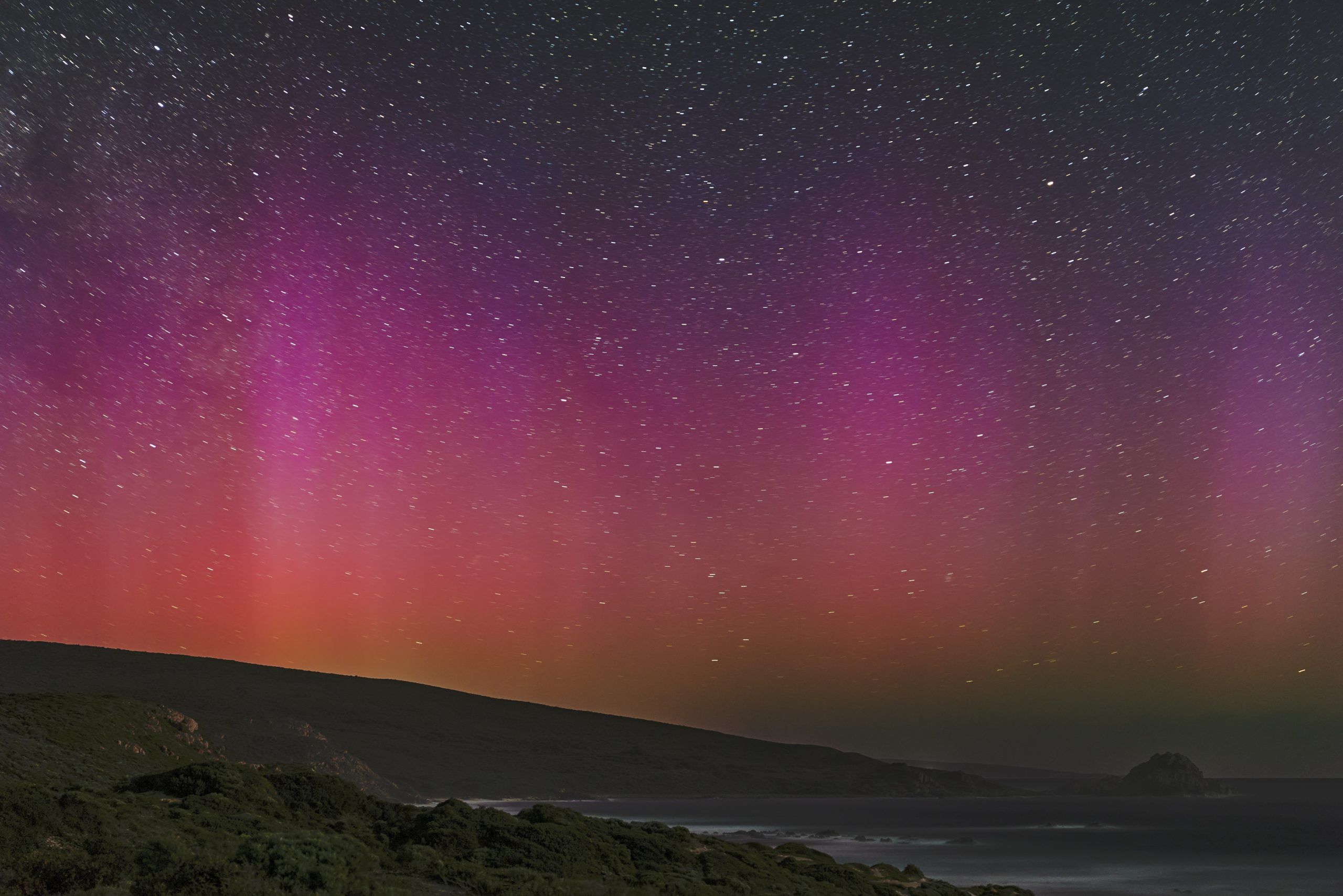One of the most spectacular things about the Margaret River Region is its night sky. Look up on a clear, moonless night and you’ll see the stars up there like caster sugar scattered over a sheet of black velvet, the Milky Way arching as a great cloudy bridge from horizon to horizon.
Here in Australia, while the European system is the most common system of reference for the night sky, there is also a very different means of viewing this cosmoscape.
For thousands of generations, these stars have been fundamental to the life and culture of Australia’s First Peoples, including the Wadandi people here in the Margaret River Region. Those stars are an icon of story and mythology, a natural calendar, and navigation markers guiding their way across land and ocean.





